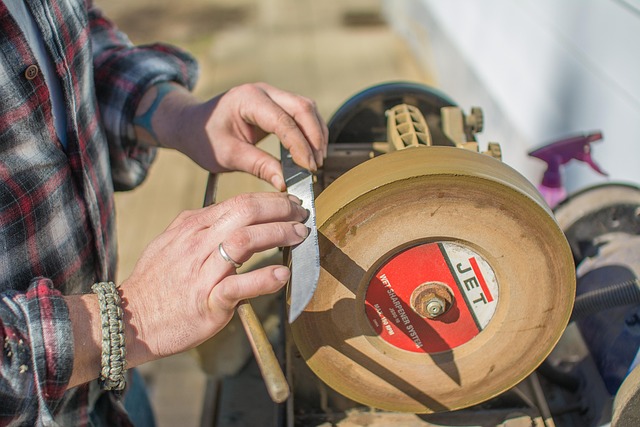Photography is more than just capturing a moment; it’s about preserving emotions, ideas, and stories through careful composition and thoughtful techniques. One essential aspect of improving your photography skills is mastering the art of sharpening. This concept is a crucial component that can change how your photographs are perceived. Just as an artist sharpens their tools before painting, photographers must refine their images to achieve clarity and precision.
When we talk about sharpening in photography, we refer to enhancing the detail and texture of an image. Using a camera with high-quality optics is vital as the lens influences how sharp your photos will turn out. A great photograph begins with a great camera and lens, but that’s just the starting point. Settings such as aperture, shutter speed, and ISO can either help or hinder the clarity of your image. Focusing on these settings will help you capture images that are filled with crisply defined elements, allowing your audience to truly feel the scene you have immortalized.
Moreover, once you take a shot, the journey of sharpening doesn’t end there. Post-processing is an essential part of photography that allows you to refine your images further. Software tools like Adobe Photoshop and Lightroom offer various techniques to sharpen your photos. Adjusting the contrast, clarity, and sharpness sliders can help bring out the details in your images, making them pop visually. Remember, though—while it’s tempting to over-sharpen an image, moderation is key. You want the details to enhance the viewer’s experience, not distract from it.
Lighting also plays a crucial role in sharpening your images. Natural light can reveal textures and depth that artificial lighting sometimes fails to capture. Early morning and late afternoon are often the best times to shoot, as the sun is low in the sky, creating dramatic shadows and highlights that can add layers to your photos. As your camera captures these moments, focus on how the light interacts with your subject and how it can emphasize focal points in your composition.
Above all, sharpening your photography skills is about practice. Experiment with different techniques and settings until you find your unique style. Challenge yourself to analyze your work critically; identify areas where you could enhance sharper details and richer textures. Consider joining photography communities both online and offline to share your work and solicit constructive criticism.
In the riveting world of exposure, sharpening is not just a technique; it’s an art form that asks you to see beyond the obvious. It encourages you to engage with your subject and examine the nuanced details that tell a story. So, pick up your camera, venture out, and begin your journey into the mesmerizing world of sharpening—it’s time to elevate your photography and capture the moments that truly matter!



